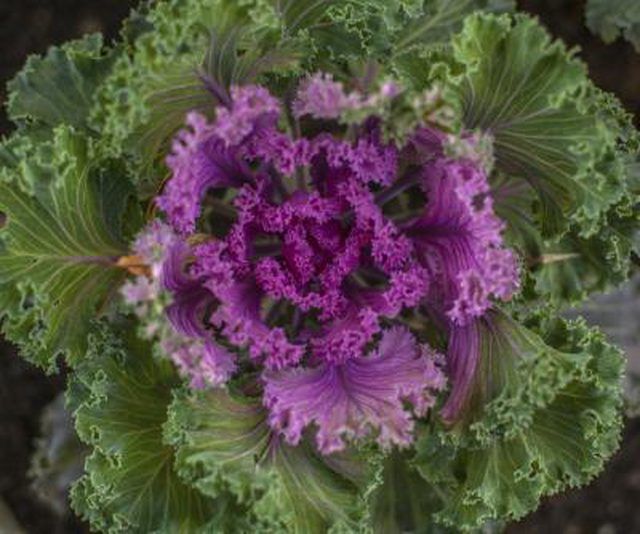Bulbs
Flower Basics
Flower Beds & Specialty Gardens
Flower Garden
Garden Furniture
Garden Gnomes
Garden Seeds
Garden Sheds
Garden Statues
Garden Tools & Supplies
Gardening Basics
Green & Organic
Groundcovers & Vines
Growing Annuals
Growing Basil
Growing Beans
Growing Berries
Growing Blueberries
Growing Cactus
Growing Corn
Growing Cotton
Growing Edibles
Growing Flowers
Growing Garlic
Growing Grapes
Growing Grass
Growing Herbs
Growing Jasmine
Growing Mint
Growing Mushrooms
Orchids
Growing Peanuts
Growing Perennials
Growing Plants
Growing Rosemary
Growing Roses
Growing Strawberries
Growing Sunflowers
Growing Thyme
Growing Tomatoes
Growing Tulips
Growing Vegetables
Herb Basics
Herb Garden
Indoor Growing
Landscaping Basics
Landscaping Patios
Landscaping Plants
Landscaping Shrubs
Landscaping Trees
Landscaping Walks & Pathways
Lawn Basics
Lawn Maintenance
Lawn Mowers
Lawn Ornaments
Lawn Planting
Lawn Tools
Outdoor Growing
Overall Landscape Planning
Pests, Weeds & Problems
Plant Basics
Rock Garden
Rose Garden
Shrubs
Soil
Specialty Gardens
Trees
Vegetable Garden
Yard Maintenance
Ornamental Cabbage Plants
Ornamental Cabbage Plants. Ornamental cabbages (Brassica oleracea) bring annual cool-season color to flowers beds and borders. Although technically a kale and not a cabbage -- although they're the same species -- plants with broad, flat leaves and contrasting leaf margins are called cabbage. Ornamental cabbage thrives in fall or spring gardens,...

Ornamental cabbages (Brassica oleracea) bring annual cool-season color to flowers beds and borders. Although technically a kale and not a cabbage -- although they're the same species -- plants with broad, flat leaves and contrasting leaf margins are called cabbage. Ornamental cabbage thrives in fall or spring gardens, where it can survive temperatures as low as 5 degrees Fahrenheit and night temperatures as high as 60 F.
Color Choices
The cultivar determines the color of the mature cabbage. "Color-Up Red" develops a fuchsia interior with green outer leaves. For a pink option, "Tokyo Pink" has a well-formed cabbagelike pink head surrounded by blue-green leaves. White varieties are also available, including "Pigeon White" and "Osaka White." When selecting transplants, choose those with healthy, well-formed and fully colored leaves that are the desired size. The cabbage may not grow any larger after it's transplanted in the garden.
Grow Your Own
Planting seeds may give you access to more cultivars. Ornamental cabbage seeds sprout within three to five days if the soil temperature is near 70 F. Ornamental cabbage needs light to germinate, so sow the seeds on the soil surface. Sow the seeds in sterile moist soil in flats or seedling pots with bottom drainage in midsummer for fall transplanting, or about 10 weeks before the last spring frost for spring planting.
Transplanting Tips
Cabbage needs full, all-day sun and moist, well-draining soil, although the plants can tolerate some afternoon shade during warmer weather. When transplanting, whether from homegrown or nursery plants, set the cabbage deep enough so the lower leaves are just above the soil surface. Spacing depends on the specific variety, but ranges between 6 and 18 inches, depending on the mature size of the ornamental cabbage. Water the soil after planting to moisten it 6 inches deep.
Healthy Growing
Ornamental cabbage needs moist soil, but may only need infrequent watering because the soil dries more slowly during cool weather. Feel the soil and water when the top 1 inch begins to dry, providing about 1 inch of water weekly from rainfall or supplemental watering. Mulching around the plants with a 2-inch layer of organic mulch, such as wood chips, conserves moisture, suppresses weeds and insulates the soil against temperature changes. Ornamental cabbage doesn't need fertilizer if it's transplanted into rich soil, because too much fertilizer can prevent full color formation in the leaves.
Preventing Problems
Cool weather growing minimizes some pests concerns, but aphids, cabbage worms and slugs may still feed on the plants. Aphids, pear-shaped small insects that feed in colonies on the undersides of foliage, can weaken cabbage leaves. Rinse these off with a strong stream of water from a garden hose. Cabbage worms and slugs feed on the leaves. Removing these pests by hand and dropping them in a bucket of soapy water kills them. Pesticides aren't usually necessary and using them can kill beneficial insects. Most disease concerns are fungal, such as downy mildew. Keep ornamental cabbage foliage dry and remove dead plant parts from the bed regularly to minimize fungal diseases.